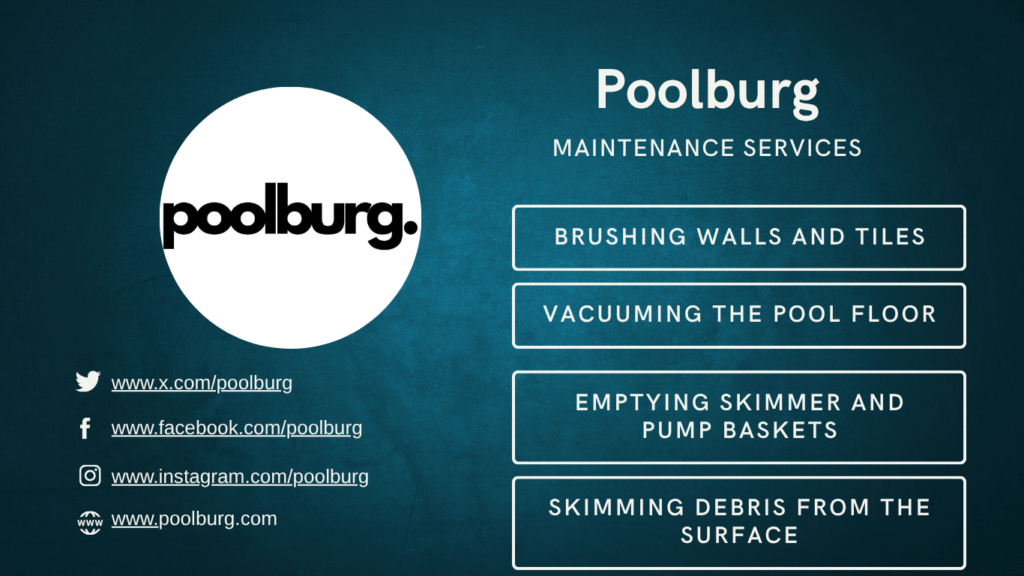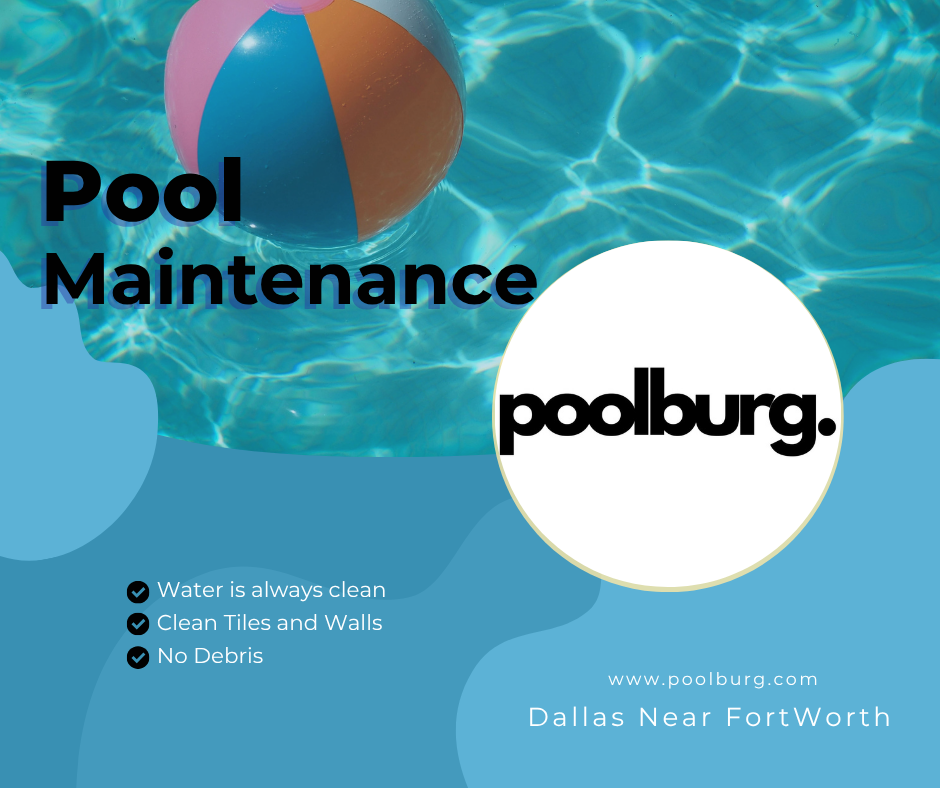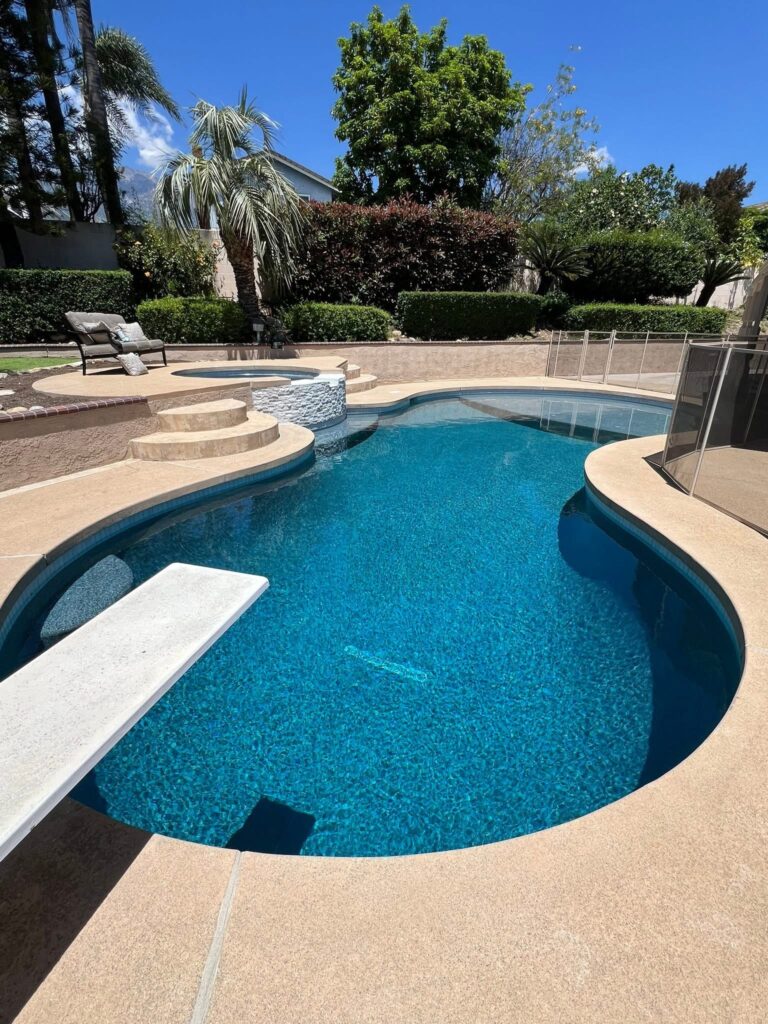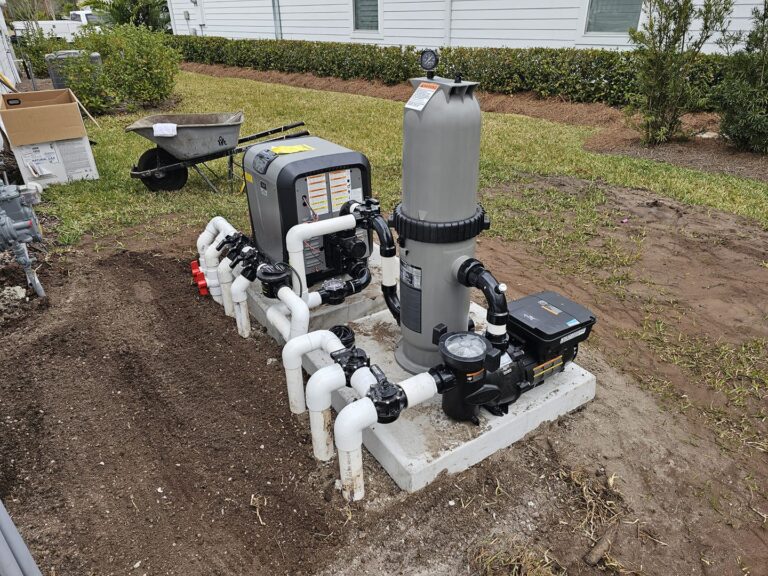
A well-maintained pool isn’t just about clear water it’s about long-term protection of your pool surfaces, equipment, and water quality. This guide gives you a detailed monthly and seasonal checklist, tailored for homeowners who want to do it right the first time.
Weekly Maintenance Basics
Even before diving into monthly tasks, stick to these simple weekly routines:
- Test water chemistry: pH, total alkalinity, chlorine, calcium hardness.
- Skim surface: Remove leaves, bugs, and debris.
- Brush walls and floor: Prevent algae buildup.
- Vacuum or run robotic cleaner.
- Check water level: Top up as needed.
Tip: Use a pool calculator to check your LSI (Langelier Saturation Index) to ensure water is not corrosive or scaling.
Monthly Pool Maintenance Checklist
Once a month, go beyond the basics:
1. Inspect Pump & Filter
- Backwash sand/DE filters or clean cartridges.
- Check pump basket for clogs and cracks.
- Listen for unusual motor noise (could signal bearing wear).
2. Balance Cyanuric Acid (CYA)
- Target range: 30–65 ppm.
- Too low = chlorine degrades quickly. Too high = chlorine lock.
3. Deep Water Chemistry Test
Use a comprehensive test kit or bring a water sample to your local pool store. Check:
- Total Dissolved Solids (TDS)
- Salt levels (for saltwater pools)
- Phosphates and metals
4. Inspect Pool Surfaces
- Look for etching, stains, or scale buildup.
- Consider brushing tiles with a soft nylon brush.
Seasonal Pool Maintenance (Spring / Fall)
Spring Opening
- Remove and clean pool cover.
- Reconnect equipment and inspect for winter damage.
- Test water and rebalance.
- Shock with chlorine (follow label dose).
Fall Closing (Winterizing)
- Lower water below skimmer if needed.
- Blow out and plug return lines.
- Add winter algaecide and shock.
- Cover securely to prevent debris intrusion.
Bonus: Professional Check-Up
At least once a year, hire a pool technician to:
- Inspect pool heater and electrical systems.
- Check salt cell (if applicable).
- Verify LSI with precision instruments.
Recommended Tools
- Drop test kit (Taylor or LaMotte)
- Robotic pool cleaner
- Muriatic acid & soda ash
- Digital LSI calculator (like the one on this site)
Final Thoughts
Your pool isn’t just a backyard feature it’s an engineered system that demands regular care. Following this checklist will help you prevent costly repairs, keep swimmers safe, and preserve the beauty of your pool for years.

Need help balancing your pool? Try our free Pool Chemistry Calculator to get real-time dosing suggestions based on your water profile.
Advanced Tips for DIY Pool Owners
If you’re managing your own pool, a few technical strategies can make your maintenance smarter and more efficient:
- Track LSI monthly: Keeping your Langelier Saturation Index balanced prevents both corrosion and scaling.
- Use borates: Adding borates (30–50 ppm) can buffer pH drift and reduce chlorine usage.
- Invest in automation: Smart chlorinators and pH dosing pumps can save hours each month.
- Log chemical additions: Keep a log of all chemicals added and test results to spot trends.
Is Your Pool Cloudy?
Cloudy water is usually a sign of poor filtration, unbalanced chemicals, or algae growth. Here’s a quick action plan:
- Check your filter pressure and backwash if necessary.
- Shock the pool with unstabilized chlorine.
- Use a clarifier or flocculant to bind small particles.
- Brush and vacuum thoroughly over several days.



